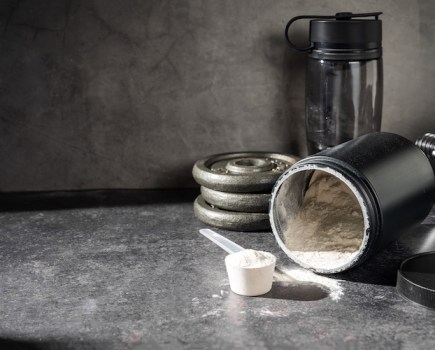In recent years, the idea of splitting macronutrients across meals – rather than consuming proteins, carbs, and fats together – has gained traction as a strategy to optimise digestion and boost your overall health. This concept, known as ‘food combining’, isn’t new; it has its roots in ancient Ayurvedic practices from India. But with the rise of wellness trends, it’s making a comeback.
How does it work?
The premise is simple: different foods require specific enzymes for digestion, and these enzymes work best at different pH levels. Some combinations may increase digestive stress and potentially lead to health issues. For instance, mixing fast-digesting foods with slow-digesting foods could cause a digestive traffic jam. With that in mind, here are some popular food-combining principles to try…
1. Eat fruit solo. Enjoy fruit on an empty stomach for the quickest digestion.
2. Dairy dilemmas. Since dairy can be tough to digest and may ferment, it’s best consumed alone.
3. Protein and greens. Pair proteins like eggs, fish, and meat with green veggies; they complement an acidic environment.
4. Starch smarts. Starches like rice and potatoes need alkaline conditions, so avoid pairing them with proteins.
5. Fat’s best buddy. Combine fats with veggies to prevent slowing down digestion when consumed with proteins.
6. Liquid letdown. Avoid liquids with meals, as they can dilute your stomach acid and hinder digestion.
Scientific support for food combining is sparse. A study from University Hospital Geneva in 2000 found no difference in weight loss between a food-combining diet and a balanced diet.
What are the benefits?
Humans evolved eating whole foods, where carbs, proteins, and fats naturally mix. Our digestive systems are likely well-suited to handle mixed foods. Plus, research indicates that meal combinations don’t significantly alter gut pH. Fermentation in the colon, where it actually occurs, is beneficial, often linked to reduced inflammation and cancer risk.
While the science doesn’t back food combining, some combinations can optimise absorption. Vitamin C can enhance iron absorption. Carotenoids in carrots and tomatoes require fats for absorption. Conversely, high-oxalate foods like spinach and nuts can impede calcium absorption, so avoid mixing these with dairy.







